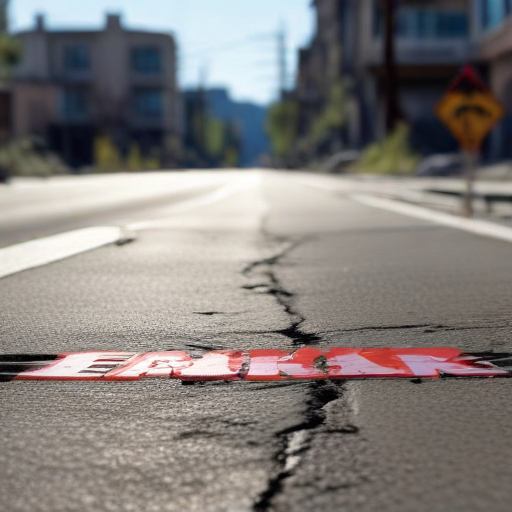A magnitude 3.8 earthquake shook parts of Malibu and Los Angeles’ Westside early Friday afternoon, as reported by the U.S. Geological Survey. This seismic event, which registered as “weak” on the Modified Mercalli Intensity Scale, was centered approximately 4.6 miles north of Point Dume, located in the mountainous region above Malibu’s borders. Notably, this marks the seventh earthquake in the area this year.
Residents in cities such as Malibu, Thousand Oaks, Calabasas, Woodland Hills, Canoga Park, Winnetka, and Reseda may have felt the tremors. The weak shaking, classified as Level 3 intensity, is generally significant enough to be noticed indoors, especially on higher floors, and can cause light swaying of stationary vehicles. A slightly lower Level 2 intensity shaking may have been felt in a broader area, including the rest of the San Fernando Valley, Santa Monica, and across the Los Angeles Basin.
In Mar Vista, the quake’s effects were felt for about 10 to 15 seconds on upper floors of buildings, reminiscent of a light bump causing furniture to shake.
Interestingly, the latest epicenter was located near where a more powerful magnitude 4.7 earthquake struck on September 12, which induced quick protective actions from local officials. Similarly, a magnitude 4.6 quake occurred in February within Malibu’s city limits, also causing disruptions and damage.
According to seismologist Lucy Jones, Southern California has seen 15 independent seismic sequences this year with at least one earthquake of magnitude 4 or higher—the highest annual total in 65 years, surpassing the count of 13 recorded in 1988. However, despite this activity, it remains uncertain when a significant damaging earthquake might occur. The last major earthquake in Los Angeles County happened three decades ago, when a magnitude 6.7 quake resulted in serious casualties and extensive property damage.
In a historical context, the last major earthquake, a significant 7.8 magnitude event, took place along the San Andreas fault in 1857. As uncertainties loom regarding future earthquakes, it is crucial for residents to stay informed and prepared. To help with this, the community is encouraged to sign up for the Unshaken newsletter, which offers valuable insights on emergency preparedness and earthquake safety in manageable steps.
The increased seismic activity may serve as a reminder for residents to reevaluate their preparedness. While the tremors can be unsettling, they also highlight the resilience and readiness of communities to respond to natural events, fostering a culture of preparedness in the face of uncertainty.
